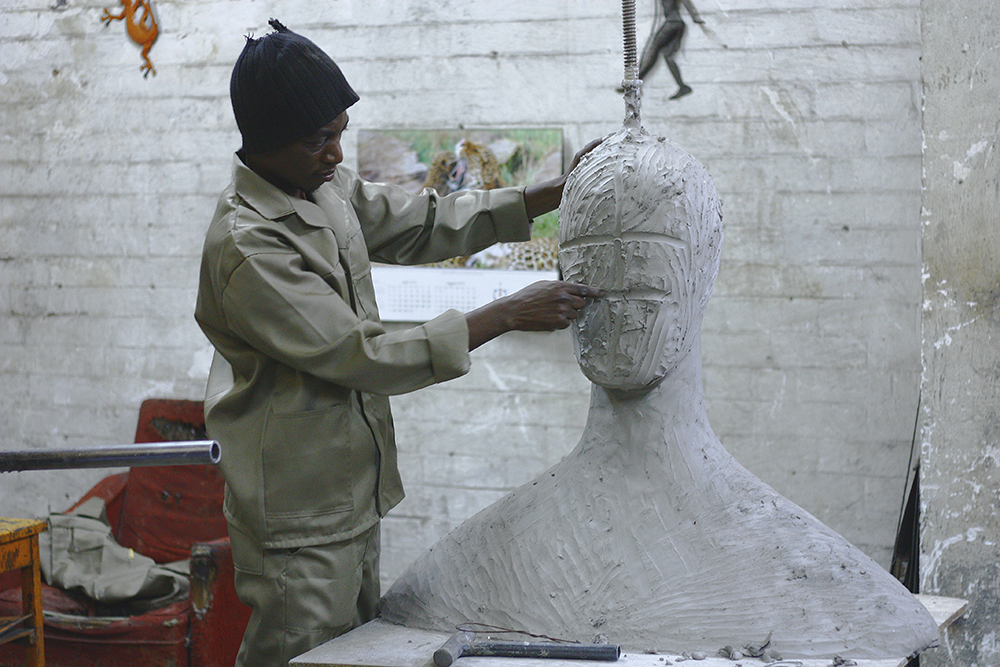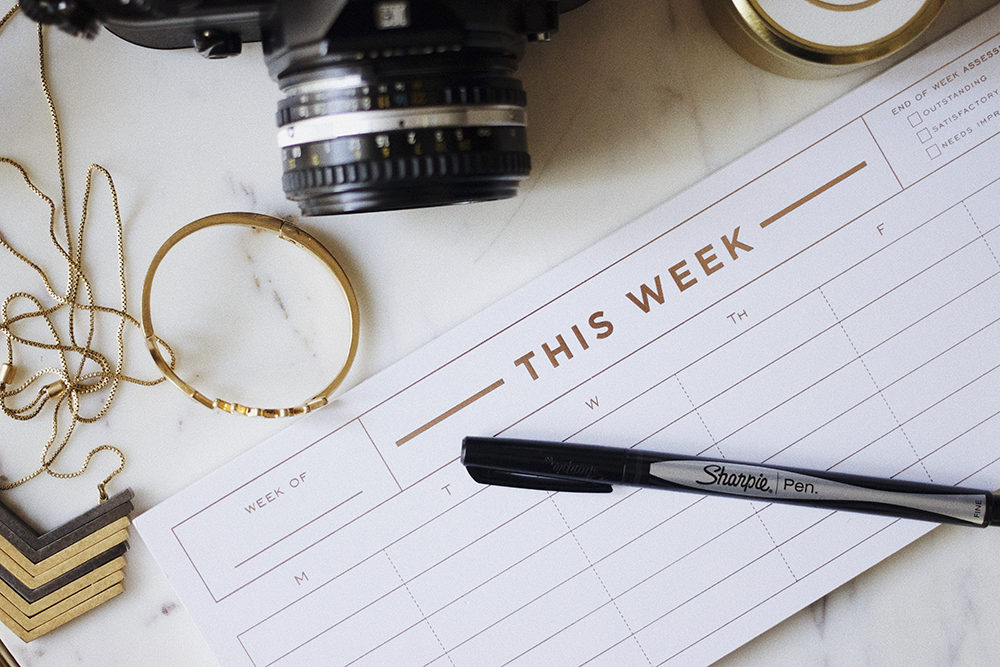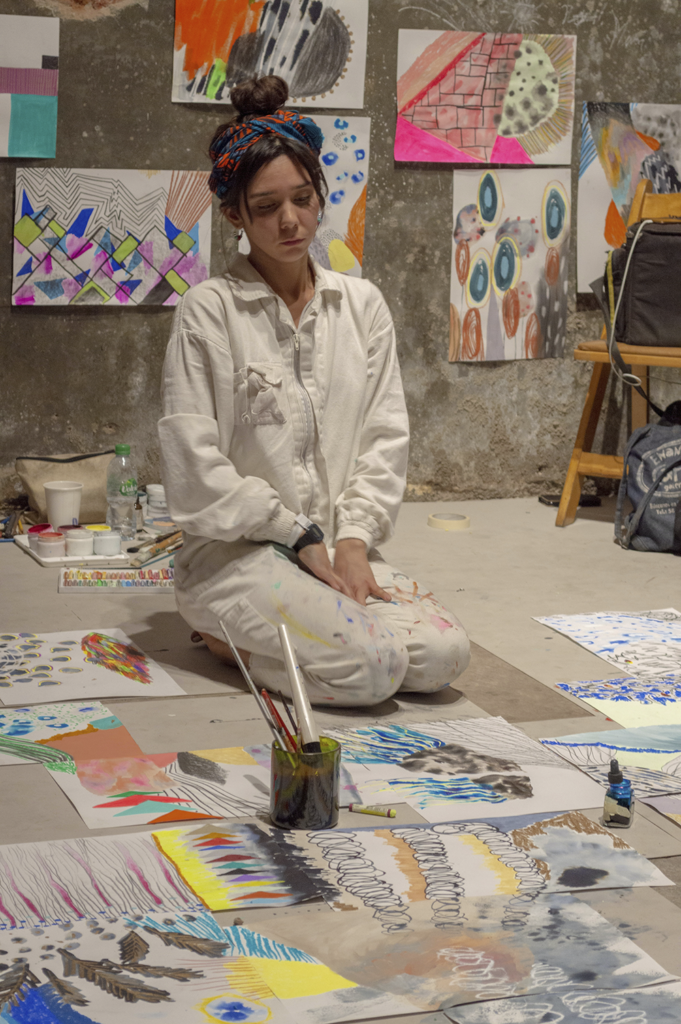When you first step up to a blank canvas—figurative or literal—how do you feel? Is there a sense of opportunity and possibility or are you filled with anxiety and dread? If you answer the latter, it’s more likely you’re going to procrastinate. You may get the job done late or potentially never, which can cause extreme stress or even missed opportunities.
According to the research, there are three main triggers for people who procrastinate: time management, perfectionism and fear of failure. The next time you’re staring into the void of a new project and maybe pushing it off a bit, try the following techniques that are based in cognitive behavioral therapy and mindfulness, which have been proven useful in treating procrastination.

Mindfulness is about awareness and being fully present in the moment. The techniques surrounding mindfulness, including non-reactivity and non-judgmental acceptance of your thoughts and emotions are linked in studies to lower levels of procrastination over time. Mindfulness works because you’re self-regulating and not allowing yourself to give into feelings of, “My work needs to be perfect,” “I’m not good enough,” or “It will be horrible if this fails.”
Cognitive behavioral techniques aim to challenge the negative thoughts we have in order to change unwanted behaviors or moods like procrastination. By putting these techniques into practice, you can beat the triggers and break the cycle of procrastination, turning blank canvases into a positive growth experience, as opposed to a negative, overwhelming one.

Step 1: Set Your Goal
Proper goal setting has been linked to lower levels of procrastination. Always remember: the goals you set should be specific, realistic, achievable and timely. It’s important to set a definite time-frame for your project, but ask yourself, “Is it realistic for me to get this done by this date?” You don’t want to set yourself up for failure by being overly ambitious. Also, be detailed in your goal-setting. A not-so-great goal is, “I need to get something down on canvas in the next week or so.” A better goal is, “I plan to finish a 12 x 12 abstract, mixed media piece by the 30th.”

Step 2: Put it on the Calendar and Out of Your Mind
Make your project a priority by scheduling realistic times to work on it. Mark it in pen on your calendar. Once you put it down, it’s on the page, so you don’t need to ruminate about it the rest of the day. It’s already set. If you need time to brainstorm or gather equipment, mark time on the calendar for that as well. Check your calendar each morning and revise as little as possible.

Step 3: Create a Ritual of Calm Around the Blank Canvas or Page
It’s time to confront the empty space you need to fill. Instead of feeding your dread, work to quell anxiety with an atmosphere of calm. Put on soothing music, but don’t just play it, drink it in. Sink into a comfortable space with pillows and pictures of loved ones. Sip a warm cup of tea mindfully and notice how the warmth feels against the palm of your hands. For a few moments, notice and be present in the inviting environment you’re just created for yourself. You can also instill an inspiring environment by learning to incorporating feng shui into your creative workspace.

Step 4: Approach the Blank Space Non-Reactively
At this point, you’ve managed to surround yourself with calm, but still, as you turn your attention to the blank space, distracting thoughts and emotions find their way in. That’s okay. It’s natural. Try to accept these thoughts without reacting to them. Watch them float by like puffy clouds on a windy day. See them, but don’t attach yourself to them. Avoid holding on to the thought that you’re not good enough. Let it be fleeting. Try to not get overwhelmed with whether or not you can get this done on time—just recognize the thought and set it free.

Now, focus on your project, start working, and anytime a new thought, be it positive or negative, pops up,
hold it in awareness without diving into it.
Step 5: Start with… Anything!
Now you’re ready to start, but if the beginning doesn’t seem clear and seems overwhelming, try breaking things down into digestible bites, rather than looking at the whole overwhelming picture. For instance, if you’re staring at a vacant space where you need to put a 10 foot mural and thinking, “Oh no, no way,” take a breath and break the mural down into smaller squares and focus on that.

Sometimes people feel they need to start with the hardest part first to conquer it. Just start anywhere. Even if it’s one simple stroke of the brush, it’s something. It doesn’t need to be perfect; it just needs to be to get the ball rolling.
Step 6: Embrace Risk-taking
Would you describe yourself as a risk-taker or risk averse? There is such a thing as positive risk-taking, although it often gets overshadowed by the negative consequences of risk. As you face the blank canvas, you need to bring out the risk-taker in yourself. Let go of the consequences of making a mistake or failing. Take a chance on a new method you’ve dreamed of trying. Gamble on attempting something that you think no one else will like. Step out of your comfort zone and into a new genre that appeals to you. Even if it doesn’t work out for you this time in terms of major success, you’ll have learned and grown; which will make facing the blank canvas the next time around more exciting.











Leave a reply